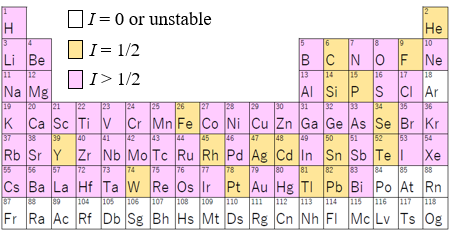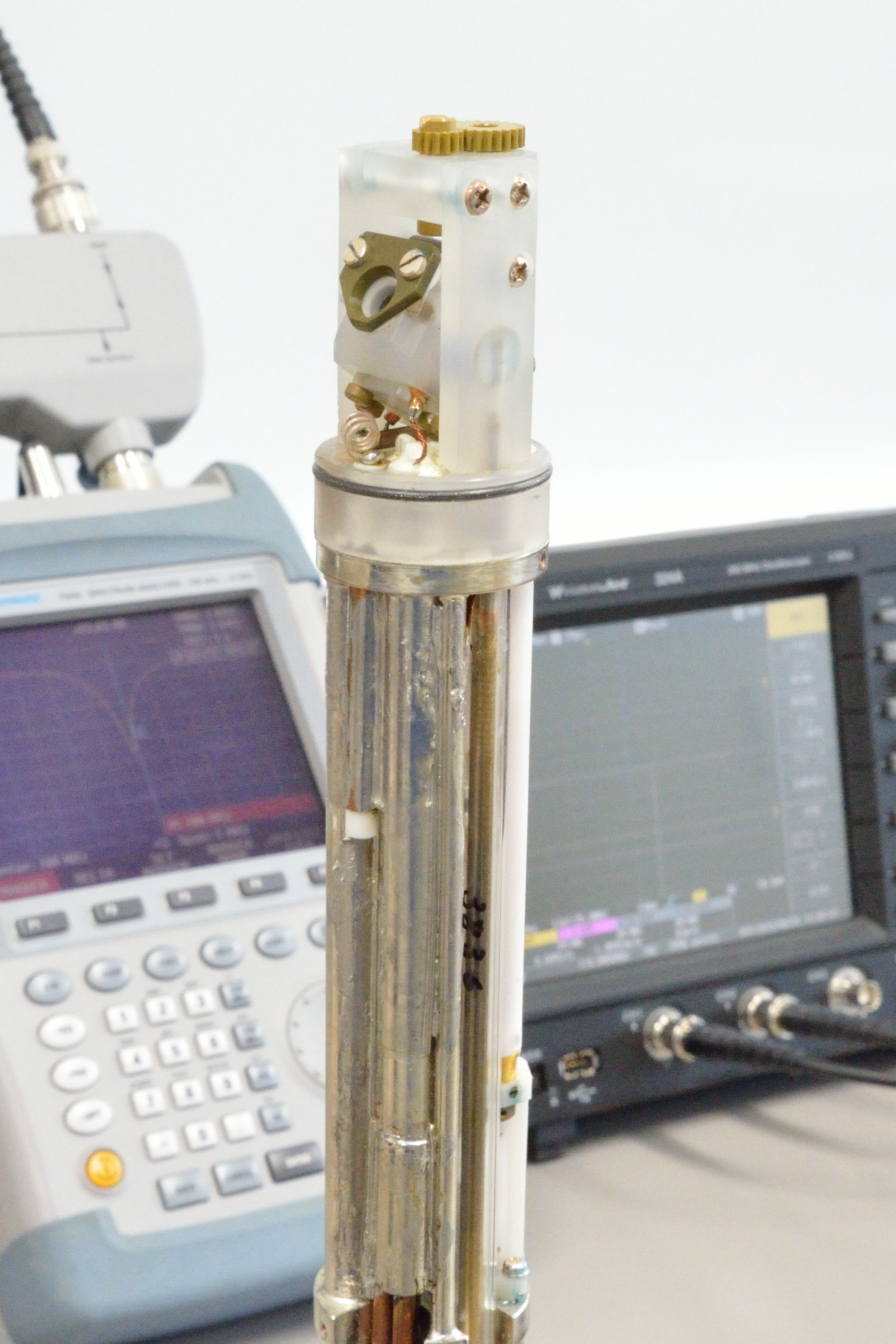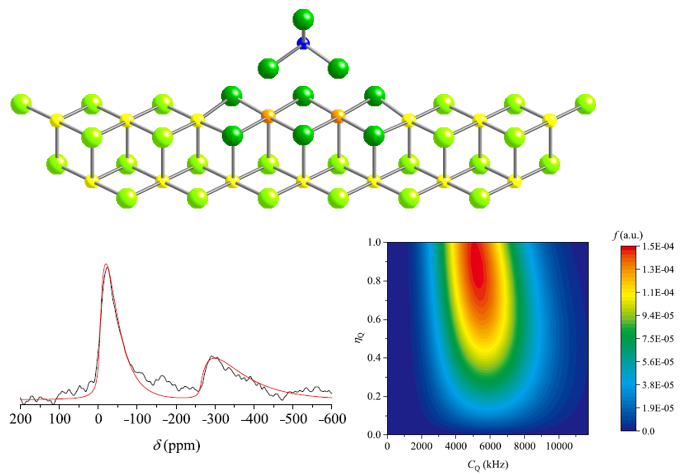







Home > Research > Research Overview > 2024 > Investigating the local structure of materials using solid-state NMR.
Professor(Physical chemistry)
IIJIMA Takahiro
Nuclear magnetic resonance (NMR) spectroscopy is a powerful method for investigating the local structure of materials. While NMR commonly employs nuclei with spin I = 1/2, such as 1H, 13C, and 15N, many elements in the periodic table have quadrupolar nuclei with spins exceeding 1/2. We actively utilize quadrupolar nuclei such as 2H (I = 1), 11B (I = 3/2), 95Mo (I = 5/2), 49Ti (I = 7/2), and 93Nb (I = 9/2) to conduct structural analysis on a diverse range of materials.
In recent collaborative research, we focused on hexagonal perovskite-related oxides with potential applications in high-performance fuel cells. Ba7Nb4MoO20 exhibits high oxide ion conductivity, proton conductivity, and chemical stability. In this study, solid-state NMR measurements of 93Nb and 95Mo were conducted, and by combining the results with resonant X-ray diffraction and first-principles calculations, a hidden chemical order within the material was uncovered (press release available here).
Furthermore, we conduct structural analysis of molecules adsorbed on catalytic surfaces and of the molecular and electron spin structures of mixed-valence polyacids.

▲NMR Periodic Table

▲Solid-state NMR probe

▲Examples of applications in catalysis research
Related Links